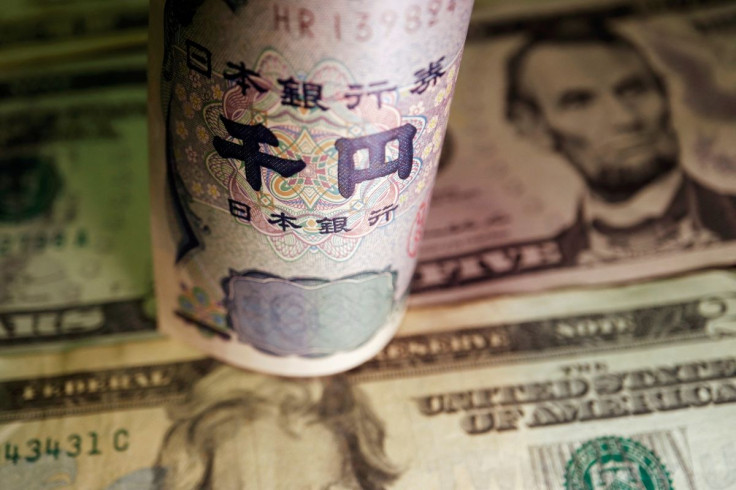Yen Recovery Continues On Lower U.S. Yields; Markets On Edge Over Pelosi

The dollar continued its decline on Tuesday, falling to its lowest in two months against the recovering Japanese yen and losing ground on other peers, as investors continued to position for a less aggressive pace of Federal Reserve interest rate hikes.
Jitters about the impact of an impending visit to Taiwan by U.S. House of Representatives Speaker Nancy Pelosi were also driving some safe-haven flows to the yen, while weighing on other Asian currencies.
The greenback fell as low as 130.595 yen in early trading, its lowest since June 6, and was last down 0.55%, leaving it down 4% in the past four sessions.
"Its the same old story with the yen being very sensitive to the gap between U.S. and Japanese government bond yields. Of course Japanese ones aren't moving because of Japan's yield curve control policy, but U.S. yields have dropped a lot," said Redmond Wong, market strategist at Saxo Markets Hong Kong
The benchmark 10-year Treasury yield fell to 2.53%, its lowest since April, in early trade on Tuesday. Investors are beginning to position themselves for the U.S. Federal Reserve to pivot away from raising interest rates aggressively to combat inflation and towards worrying more about an economic slowdown. {US/]
Wong, who said this repricing of expectations for Fed rate hikes was probably overdone, added that somewhat lower energy prices were also helping the yen, since Japan was a net importer of energy. The currency was also benefiting from some safe-haven flows due to worries about Pelosi's visit.
China's offshore yuan touched 6.7957 per dollar on Tuesday, its weakest since mid-May. Wong attributed this partly to the tensions around Pelosi's visit as well as poor economic data from China over the weekend.
The Taiwan dollar slipped to its lowest levels in more than two years, falling past 30 per U.S. dollar.
The greenback was also weaker generally, with sterling at $1.2256, just off a five-week peak hit overnight, and the euro was also on the front foot at $1.0294.
This sent the dollar index, which measures the greenback against six peers, to 105.03 in early trade, a one-month low.
Elsewhere, the Australian dollar was holding just above $0.7 ahead of a central bank meeting at which analysts are expecting a third consecutive half-point interest rate increase.
Bitcoin was steady at $23,250.
© Copyright Thomson Reuters 2024. All rights reserved.


















